Do I Belong Here?

Are your employees asking themselves this question? If so, you hope they can identify why they work at your organization. You hope your people value their role beyond receiving a paycheck. The hard truth is hope is not a strategy.
Hope is not a strategy.
According to NASA lore, while touring the space center in 1962, President Kennedy went up to the janitor and said, “Hi, I’m Jack Kennedy. What are you doing?” The janitor responded, “I’m helping put a man on the moon, Mr. President.” Can such a clear relationship be found between your organization’s mission and each employee?
Aligning Culture with Purpose
Mission statements define the core of an organization, outlining the purpose and the reason for being. Critical to strategy, missions help customers identify your place in the market, and set the organization apart from competitors.
Far too often, mission statements turn out to be empty lip service to values that aren’t lived every day by staff inside the organization. According to Gallup research, many companies have difficulty motivating employees with their company mission statements. Just under one-third of U.S. workers strongly agree that their company’s mission or purpose makes them feel their job is important. So should we expect millions of U.S. workers to spend half of their waking hours on something they don’t value? Would you spend 260 days out of the year working without a purpose? The answer, of course, is no. Nor do you want that for your people.
When employees from the lowest paid to the CEO feel like what they do truly matters, it’s an unbeatable advantage. Mission statements and working principles can be dynamic tools toward giving people a sense of how their efforts contribute to the lives of the customers, communities, and world they impact. Simply stated, highly engaged employees provide higher value. They are more effective at producing high quality, innovative products and services, and they more positively impact customer satisfaction, cost, and revenue growth.
Connecting the Dots
Specific, practical steps can build the connection between the mission of the organization and your employees’ roles. As you build a complete picture of the mission that includes both the larger vision for the company and principles that drive employees, you may find that you need to revisit the original statement to align it with employee objectives.
At the top-level, articulate your organization’s purpose.
- Confirm strategic intent and desired business outcomes.
- Identify how value is created for your customers.
At the local level, identify employee objectives.
- Ask employees what is important to them.
- Confirm employee goals and objectives for each job. Do not assume this has already been done and everyone already knows his or her short-term and long-term goals.
- Ensure that objectives are tied to how the job contributes to the value customers receive.
Articulate your organization’s purpose with employee objectives.
- Based on what you hear from your employees at the local level, build onto the corporate mission a local mission. This can be written or unofficial.
- Communicate regularly with all your employees how the corporate and local mission aligns with employees’ purpose.
Identifying what is important to employees can be done many ways. An informal collection of data can be acquired around the water cooler or at lunch. What is critical is that all employees get a chance to speak and be heard. A more regular information gathering process may be more beneficial as it will build relationships between employees of different levels and increase a sense of involvement and autonomy. We highly recommend dedicating scheduled time for decision-makers to meet with all employees, even if only for short chunks of time. Decision makers should ask three questions:
- Why do you do your job?
- What does ‘insert mission statement here’ mean to you?
- What’s the best thing that has happened to you this week?
The answers to these questions will help you align the corporate mission statement and principles with what motivates your people. And once you have identified the “local” mission and vision, these talking points will enable you to continue the conversation with your employees on how their work relates to corporate goals. Regular opportunities to talk will also help manage perceptions and build trust between the different levels.

